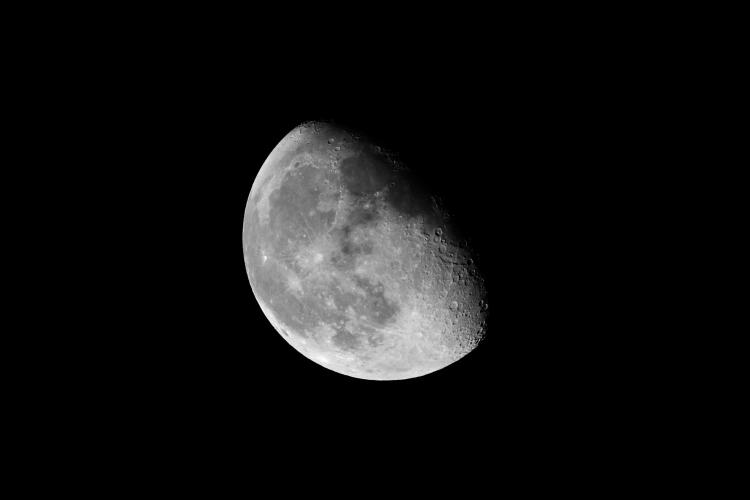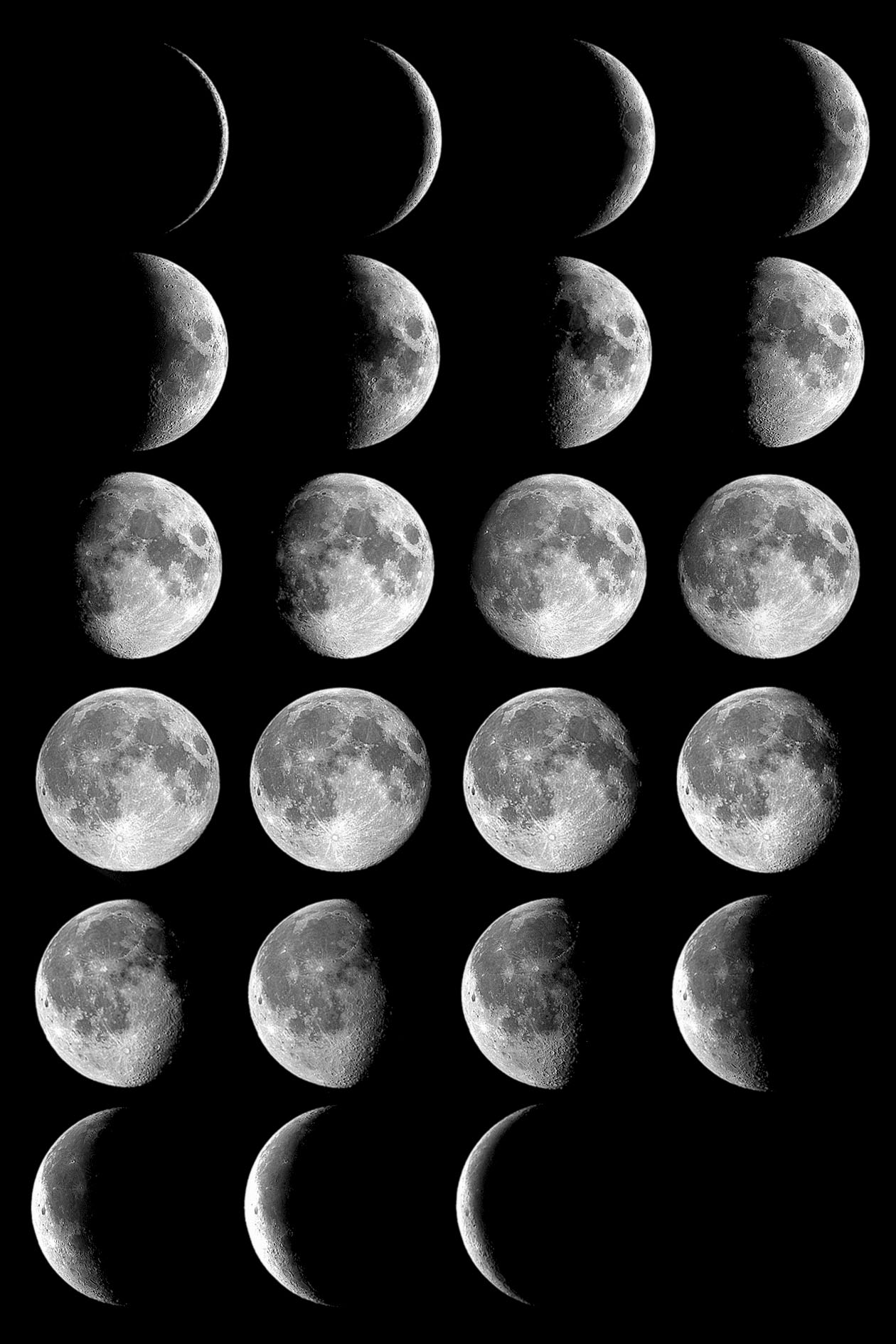The Islamic calendar, based purely on lunar cycles, was first introduced in 638 CE by the close Companion of the Prophet (SAW) and the second Caliph, Umar ibn Al-Khattab. He wanted to reconcile the various dating systems of his time.
However, the Hijra calendar isn’t just a sentimental system of time reckoning for Muslims; rather, it has a deep religious and historical significance.
Moreover, it has had many scientific influences on our daily lives in the areas of psychology, physiology, and the environment.
📚 Read Also: Condensed History of Our Spherical Home
By returning to the use, or at least the recognition, of the lunar calendar we gain many benefits as Muslims. Muslims recorded all their events in the Hijri Calendar.
The Prophet (PBUH) has said, “Fast at its sighting, and terminate the fast at its sighting” (Bukhari, Muslim). Our use of the Gregorian calendar makes us forgetful of the spirit of these events.
The Qur’an says, “And he has subjected you to the night and day, and the sun and the moon and the stars are subjected by his command.” (Surat An-Nahl 16:12).
Many scientists believe that “subjected” in this context implies much more than simply being the basis for a calendar. Studies have shown that the moon, in fact, influences our moods and physical cycles.
Although most people can’t tell when the new or full moon will appear, these same lunar cycles can provide so much insight into fertility and mood cycles. Some scientists suggest that the effects of the lunar cycle are evident in numerous life forms.
For example, shellfish renew their shells, and undergo regeneration and sexual activity in accordance with the lunar tidal cycle. Guppy-fish have color sensitivity on their back that is most responsive during the full moon. The golden hamster displays lunar rhythms in activity, and urinary volume and acidity.
Hunters and fishermen know the moon cycles very well. Sea creatures show a high lunar sensitivity; their reproductive cycles for instance.
Exact lunar rhythms affect the reproductive cycles of fish. Oysters open their shells at high tide. Shrimpers flock to a full moon, at which time they predictably rise to the surface to feed.

Waning Gibbous Moon

